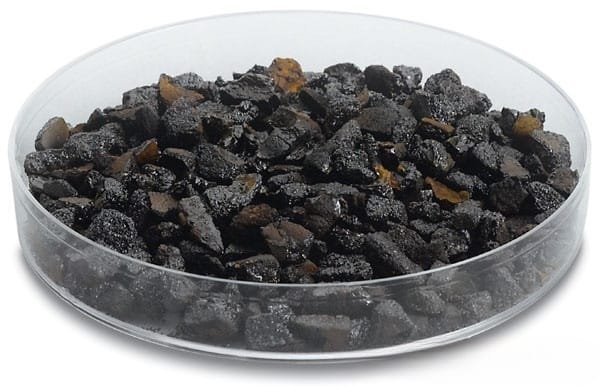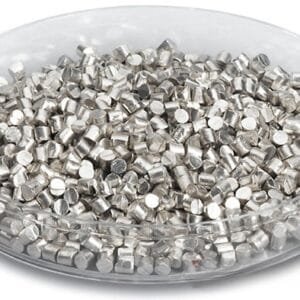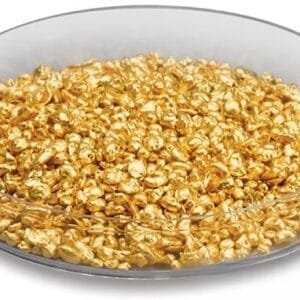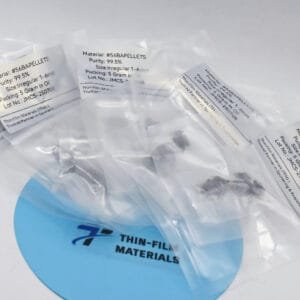Titanium Diselenide Evaporation Materials Overview
At TFM, our titanium diselenide evaporation material, with the chemical formula TiSe₂, is a high-quality selenide ceramic used in advanced deposition processes. Known for its exceptional purity, our TiSe₂ materials are produced to a purity level of up to 99.9995%, ensuring superior performance in film deposition. Our rigorous quality assurance processes guarantee the reliability and excellence of our evaporation materials.
Related Products: Titanium Evaporation Materials
Specifications of Titanium Diselenide Evaporation Materials
| Material Type | Titanium diselenide |
| Symbol | TiSe2 |
| Appearance/Color | Dark brown |
| Molecular Weight | 205.81 |
| Structure | Octahedral |
| Purity | 99.9% ~ 99.99% |
| Shape | Powder/ Granule/ Custom-made |
Applications of Titanium Diselenide Evaporation Materials
Our titanium diselenide evaporation materials are crucial for various deposition techniques, including semiconductor deposition, chemical vapor deposition (CVD), and physical vapor deposition (PVD). They are particularly useful in optics applications such as wear protection, decorative coatings, and displays, enhancing both functionality and visual appeal.
Packaging and Handling
To maintain the highest quality, our titanium diselenide evaporation materials are clearly tagged and labeled for easy identification and quality control. We ensure careful packaging to prevent any damage during storage and transportation.
Contact Us
TFM is a leading provider of high-purity titanium diselenide evaporation materials. We offer a variety of forms, including tablets, granules, rods, and wires, with custom options available to suit specific requirements. In addition, we provide evaporation sources, boats, filaments, crucibles, heaters, and e-beam crucible liners. For inquiries about current pricing or other materials not listed, please reach out to us.


 MSDS File
MSDS File



Reviews
There are no reviews yet.